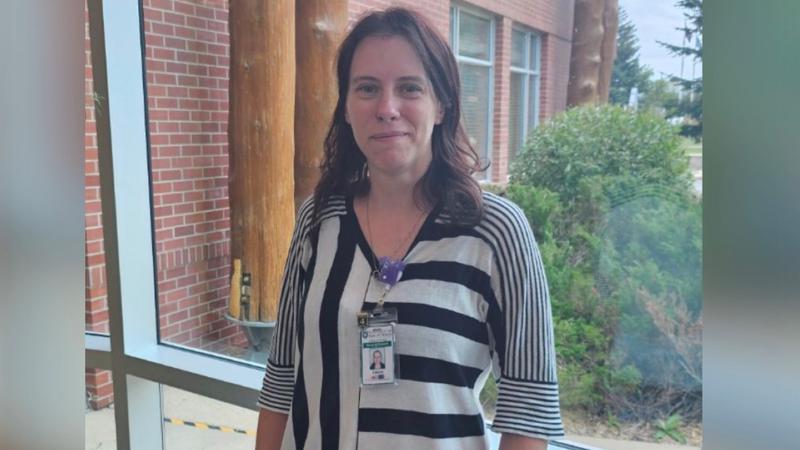
P.A. and area not immune to radon issue
Saskatchewan has an issue with radon.
A study published in Scientific Reports found Saskatchewan and Alberta have some of the highest reported levels of the gas in the world. The study was put together by the group Evict Radon, which is made up of scientists working across a number of academic disciplines.
One of the researchers on the study was Dr. Aaron Goodarzi, a radiation biologist at the University of Calgary. Goodarzi explained the two western provinces share an unfortunate honour.
“If you compare our data to what was known about radon in the rest of earth, we came out as the second highest exposed, just after Poland,” he said.


